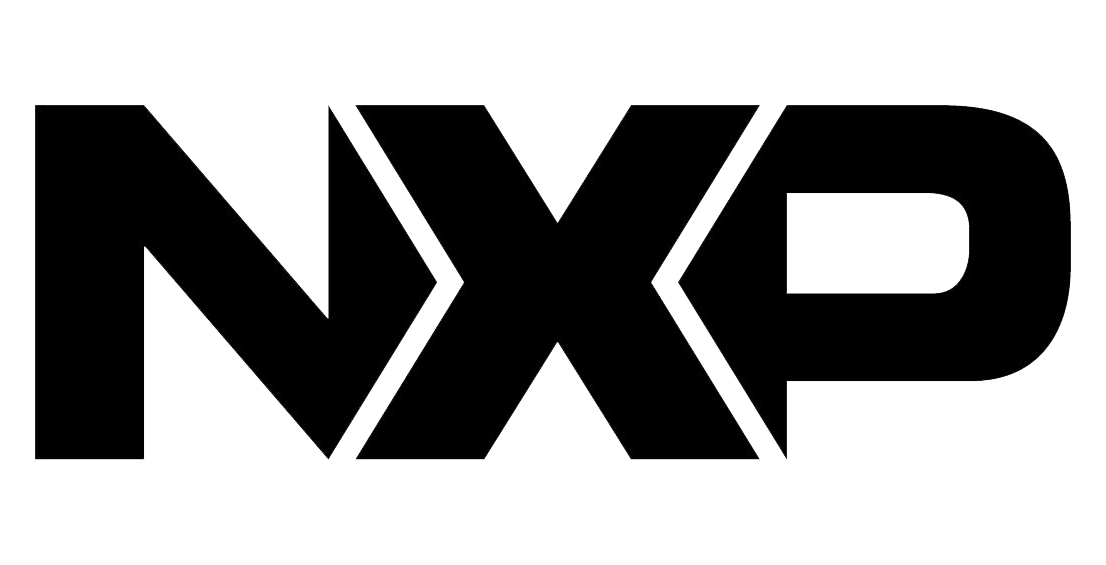RF and Wireless(21205)
What Is Radio Frequency (RF)?
Radio Frequency, often abbreviated as RF, is like the unseen conductor of the electronic orchestra. It's the spectrum of electromagnetic waves with frequencies ranging from 3 kHz to 300 GHz. To put it simply, RF is what enables wireless communication and connects our world in ways we often take for granted.
What Is Intermediate Frequency (IF)?
Now, let's meet IF or Intermediate Frequency. This one's a bit like the backstage crew of a blockbuster movie. IF acts as a middleman, helping to process signals in electronic circuits. It's usually a specific frequency chosen to make signal processing more manageable, often falling within the range of a few kHz to a few MHz.
Types of RF
High-Frequency RF: This type of RF is the powerhouse behind your favorite FM radio stations, television broadcasts, and cellular networks. It operates in the MHz and GHz ranges, making it ideal for high-speed data transmission.
Microwave RF: Ever used a microwave oven? Well, that's an example of microwave RF at work. Operating in the GHz range, this RF variety is excellent for cooking, radar, and, of course, heating leftovers.
Ultra-High Frequency (UHF) and Very High Frequency (VHF) RF: UHF and VHF are the go-to choices for television broadcasting and walkie-talkies. They operate in the 30 MHz to 1 GHz range, making them suitable for long-distance communication.
Low-Frequency RF: Think of garage door openers, keyless entry systems, and even RFID tags. These devices use low-frequency RF, typically in the kHz range, for their operations.
Types of IF
Single IF (SIF): This is the simplest form of IF, often found in AM radios. It processes one frequency at a time, making it a straightforward choice for certain applications.
Double IF (DIF): Found in more complex devices like FM radios, DIF uses two intermediate frequencies to improve selectivity and reduce interference.
Triple IF (TIF): As the name suggests, TIF employs three intermediate frequencies. It's commonly used in advanced communication systems for even better signal processing.
Top RF and IF Manufacturers
Now that we've got a handle on the basics, let's shine a spotlight on some of the top manufacturers in the RF and IF game. These are the folks who make sure your devices work like a charm:
Texas Instruments: A giant in the electronics industry, Texas Instruments offers a wide range of RF and IF solutions, from amplifiers to transceivers.
Analog Devices: Known for their high-performance RF integrated circuits, Analog Devices is a go-to choice for RF and IF components.
NXP Semiconductors: NXP specializes in RF power amplifiers, transistors, and RF front-end solutions, making them a prominent player in the field.
STMicroelectronics: STMicroelectronics has a strong presence in both RF and IF markets, providing components for various applications, including automotive and IoT devices.
Skyworks Solutions: If you're looking for RF front-end modules and RF power amplifiers, Skyworks Solutions is a trusted name in the industry.
FAQs
1. What's the difference between RF and IF?
RF handles the initial communication between devices, such as your phone connecting to a cell tower, while IF comes into play within your device to process signals effectively.
2. Why do we need IF in electronics?
IF is like a translator. It takes the complex RF signals and simplifies them for easier processing within your device, improving overall performance.
3. Can you give an example of RF in everyday life?
Absolutely! When you make a call on your cell phone, RF waves are responsible for transmitting your voice to the recipient's phone, allowing you to have a conversation.
4. How does IF make radios better?
IF allows radios to filter out unwanted signals, ensuring you hear the station you want to tune into, rather than a jumble of frequencies.
5. Are RF and IF used in all electronic devices?
Not necessarily. While they play a significant role in wireless communication devices, not all electronic gadgets rely on RF and IF. However, they are fundamental to our modern interconnected world.
Popular Manufacturers
View all manufactures MorePopular Parts Number
More Electronic Parts More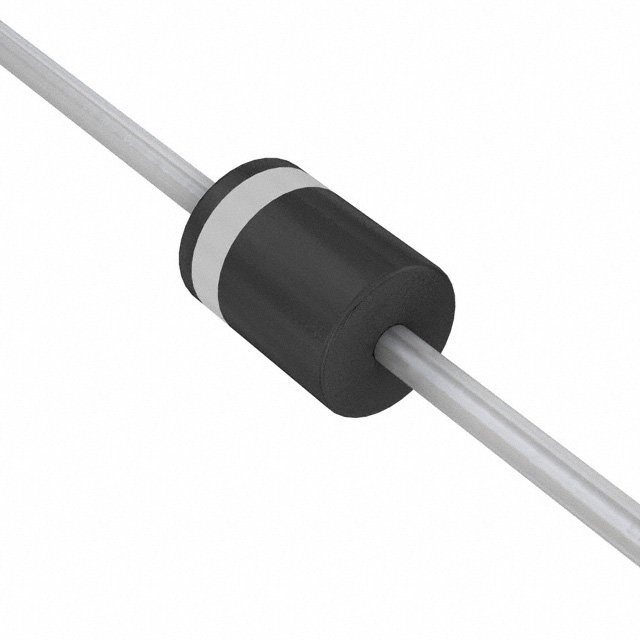
5KP36A-E3/54
TVS DIODE 36VWM 58.1VC P600
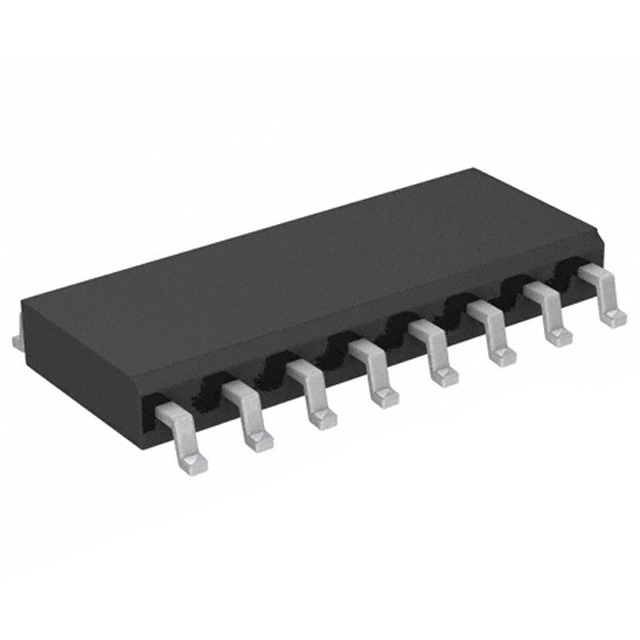
SY100EL57LZC
IC MULTIPLEXER 4 X 2:1 16SOIC

LM3710XKBP-463
IC SUPERVISOR 1 CHANNEL 9USMD
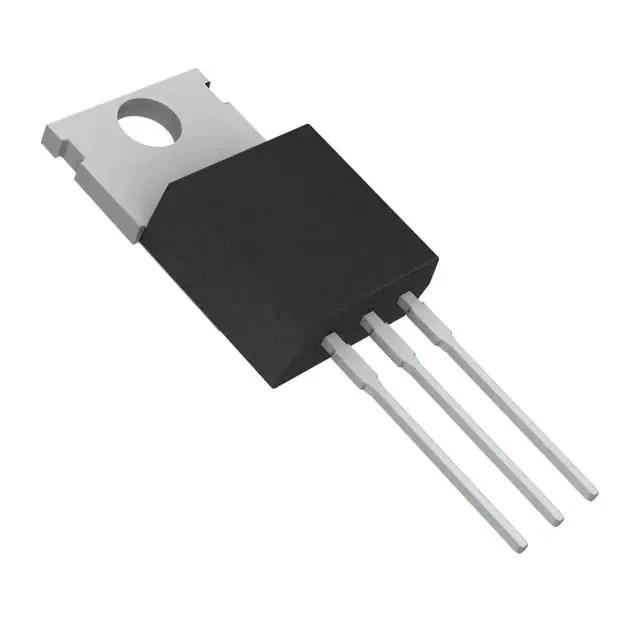
IRG4BC30FPBF
IRG4BC30F - 600V FAST 1-8 KHZ DI
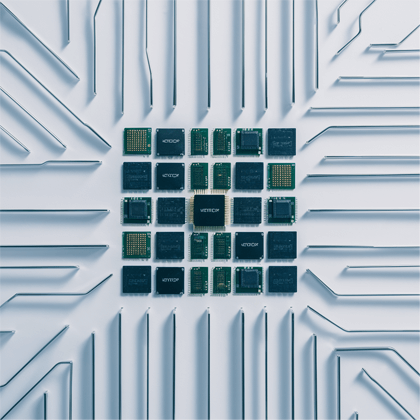
5962-9958302QPA
PWM CONTROLLER WITH WIDE INPUT R
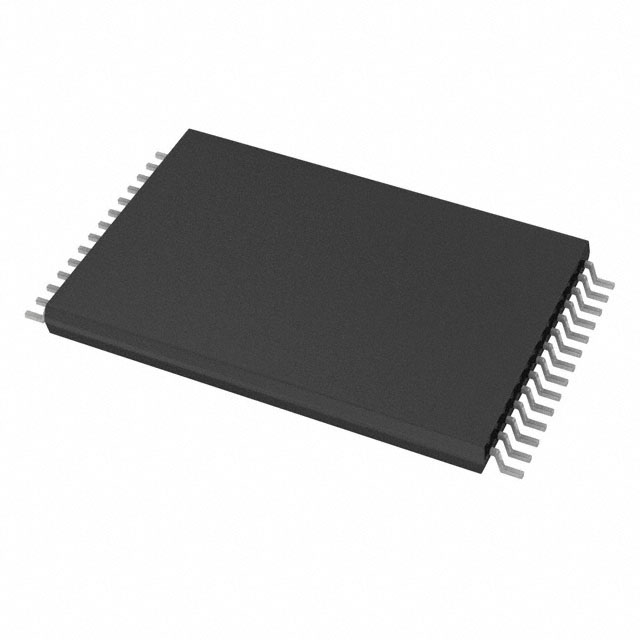
AT29LV256-15TC
IC FLASH 256KBIT PARALLEL 28TSOP

MSA00022PWR
PROTOTYPE
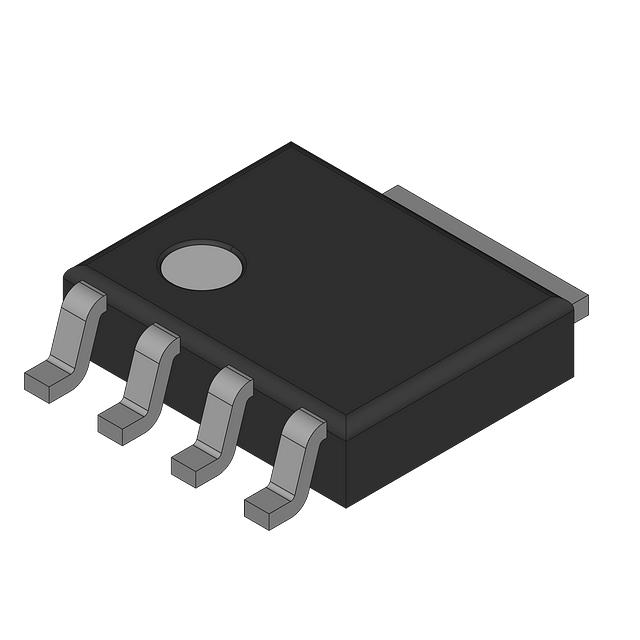
PSMN014-80YLX
PSMN014-80YL - N-CHANNEL 80V, 14
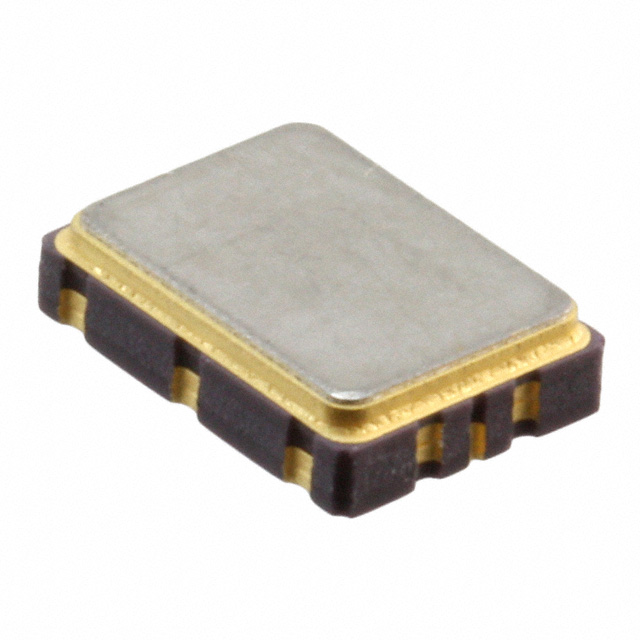
570ACA000732DG
XTAL OSC XO 10.0000MHZ LVPECL
.jpg)
RC3225F1580CS
RES 158 OHM 1% 1/3W 1210



































